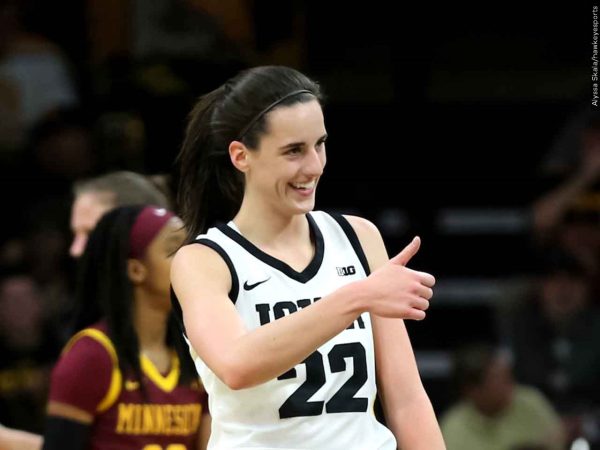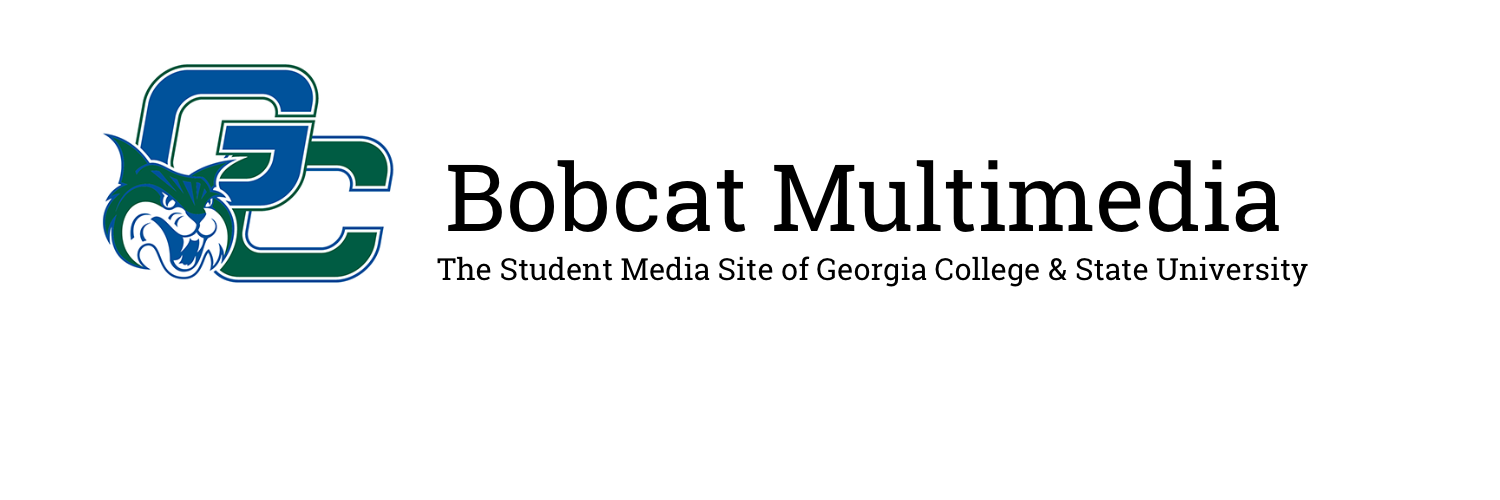
With the Women’s National Basketball League and Women’s National Soccer League heating up, women’s sports have become a rising topic in sports scenes.
While many men’s sports, such as the NBA and NFL, have gained global popularity, women’s sports have often lurked in their shadow. According to recent data and student interviews, that might change over time.
While many women’s sports have been gaining popularity, in part due to players with significant social media presence, such as Ilona Maher for Rugby and Simone Biles in Gymnastics, no sport has risen in interest as much as Basketball recently.
This sudden boom in viewership is due to a new rising athlete, Caitlin Clark. This is something Forbes has dubbed the “Caitlin Clark Effect.”
Clark is a recent addition to the Indiana Fever and played college basketball for the Iowa Hawkeyes. She is a three-time USA Basketball Gold Medalist, and is very sought after as she is considered one of the best collegiate basketball players.
While Clark has brought much attention to the WNBA, women’s sports have risen in popularity even before her addition.
“I think women’s sports are definitely getting more popular,” said Kell Carpenter, Associate Director for Access Services of Ina Dillard Russel Library. “I think more people are discovering it.”
Several women’s leagues recently broke records for women’s sport, including NCAA Women’s Basketball, the WNBA and the NWSL.
“I think it’s really cool that women who are really talented in their sports are getting more recognition and maybe pay is starting to get closer to what men’s pay is, for the same or sometimes better talent,” Carpenter said.
The “Crossover at Kinnick” set a new NCAA women’s basketball attendance record and is the first time a women’s game was played outdoors in a football stadium.
The NCAA women’s basketball championship game between Iowa and South Carolina drew 18.9 million viewers, setting records as both ESPN’s most-watched college basketball game ever and the largest audience for any women’s college basketball game in history.
With so many records set, it is clear that women’s sports are rising in popularity, but the wage gap does not seem to reflect this. The average WNBA salary in 2024 was about $150,000 per season, while the NBA average salary was roughly $10 million, according to Forbes.
Women’s sports have faced challenges over the years. Wage gaps, sexualized or strict outfit guidelines compared to men and fewer viewership are only some of the challenges faced by women’s athletes.
“I remember learning about the pay gap and thinking about Alex Morgan and famous women’s soccer players and being shocked that they had to do so much else to make money too,” said Kate Domaleski, a senior psychology student. “I would say I know more about men’s sports than women’s sports. As someone who cares more about women’s sports, I think that’s pretty telling about the culture.”
Some argue that this wage gap is due to women’s sports being less popular than men’s sports, as having less viewership means less money through ads and sponsorships. Many felt that while this may be the reason, it did not justify the wage gap, and advocated for equal pay for female athletes.
“I think [women’s sports having less viewership being the reason women are paid less] sadly, is probably true, that doesn’t mean they should get paid less,” said Reese Heverly, an environmental science sophomore and member of the GCSU tennis club.
Some also felt that the difference in viewership may be a self-fulfilling prophecy due to inconvenient broadcast times or less advertising.
“I would say that’s not a valid argument, because if the women’s teams were presented in the same way and the same opportunities, then they would maybe in some ways exceed demand,” Carpenter said. “In the women’s final four, the big matchups were at three o’clock on a Sunday afternoon. The men’s is prime time, and there’s all this buildup. If women’s sports were on even footing on access and promotion, then you might even see that they were more popular than the men’s sports.”
Not everything is negative, though. Many students felt that this was getting better over time or that awareness of women’s sports and wage gaps was increasing.
“I think generally we are getting better,” Domaleski said. “I think we are very aware of the wage gap when we weren’t in the past, and awareness is a huge step. I’m not sure I would say it’s fixed, though. I think it follows with the rest of society, with women being paid less.”
In women’s volleyball, women fought for less sexualized outfits. Members of the national volleyball teams spoke out about the disparity in outfits between men’s and women’s volleyball.
While men were allowed to wear tank tops and loose shorts, women were required to wear bikini-cut shorts. Some media at the time argued that this was to increase viewership, but the Norwegian National women’s beach handball team argued it was unfair.
The Norwegian National women’s beach handball team wore knee-length shorts in protest and were fined $1,700 as a result. In 2020, due to negative media coverage and protests, the NCAA allowed women’s volleyball players to compete in leggings instead of shorts.
Despite this outfit change, viewership did not decrease at all, instead, it broke new records. In 2023, the Nebraska Huskers Women’s Volleyball match set a new record for the largest crowd to watch a women’s sporting event in the United States.
Female athletes at GCSU felt that seeing female athletes around them and on TV helped break the glass ceiling in women’s sports and inspired them to join sports as well.
“I remember being a kid playing sports and being sad I was never gonna be as professional or famous as a men’s soccer player,” Domaleski said.
Heverly agreed that seeing women in sports enabled girls to get into sports and even currently encourages her to continue sports.
“Growing up, I played a lot of sports,” Heverly said. “Seeing people like Katie Ledecky today still going to the Olympics, it reinforces the fact that I can keep going with sports until I’m in a retirement community.”
Students also felt that women’s sports were a great way to make friends and encourage socialization while also keeping students healthy.
“I think women’s sports in college is such a nice thing to get into, especially to build a sense of community,” Heverly said. “I know I myself found a good community of girls in club tennis. It’s a great way to make friends and have a sense of common ground.”
Before Clark, there was Biles. Before Biles, there was Serena Williams. Talented female athletes have been competing in the Olympics and national leagues for years, and increased viewership just finally reflects this.

